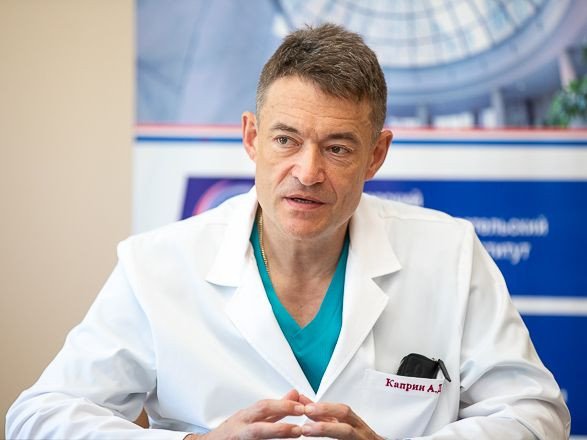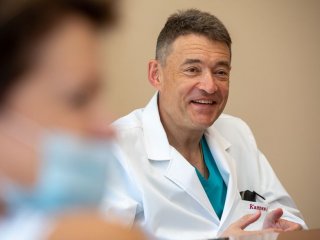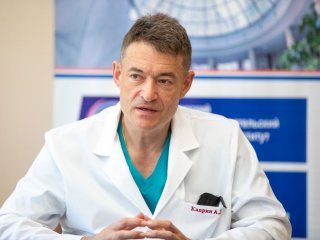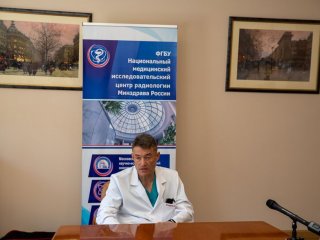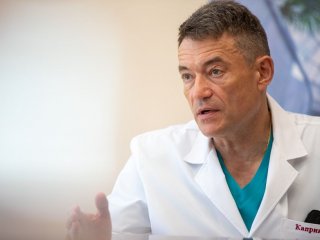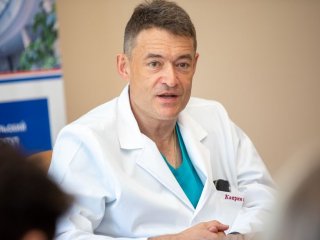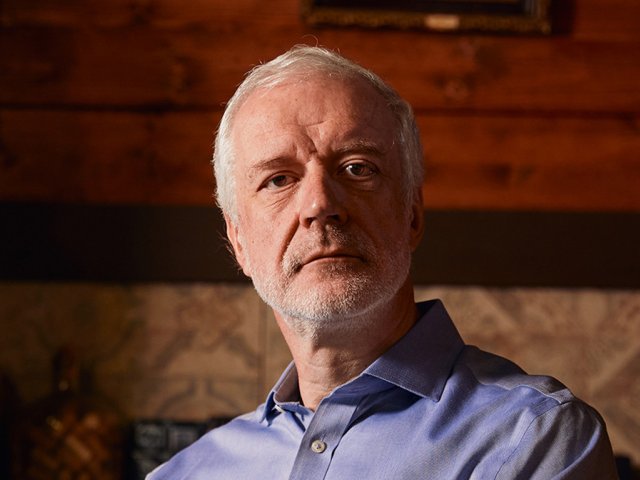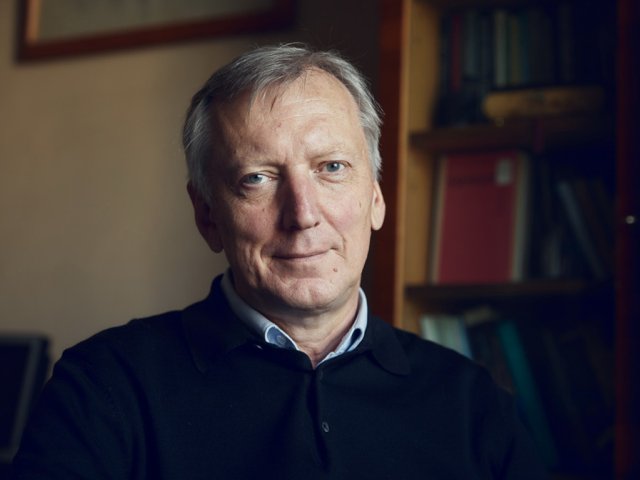On July 20, during the press tour to A.F. Tsyba Medical Radiological Scientific Center in Obninsk, Andrey Kaprin, RAS Academician, Director General of the National Medical Research Radiological Center of the Ministry of Healthcare of the Russian Federation, Director of P.A. Gertsen Moscow Cancer Research Institute, the chief visiting oncologist of the Ministry of Healthcare of the Russian Federation, answered journalists’ questions about new technologies for treating cancer in a modern environment.
Academician Kaprin spoke of activities of the reference center for molecular genetic, immunohistochemical, pathomorphological and radio testing methods, which was created in December 2019 on the premises of the National Medical Research Radiological Center of the Ministry of Healthcare of the Russian Federation, to support the implementation of the action plan under the federal project “Combating oncological diseases”.
“A reference center is like of coin with two sides. It all depends on the quality of expertise in the region. Sending a proper report to the center for a clinical discussion requires understanding of existing international protocols. If too few remote consultations come from a region, we are trying to find out what is going on in the region, and we can normally see gaps in statistics immediately <…> It’s important to have solid positions on morphology and to be able to interpret radiodiagnostic test results accurately,” Andrey Kaprin said.
In response to a question on quality of professional training, he emphasized that “oncology is a complex and multi-component science”.
According to Andrey Kaprin, the main thing about medical centers is combining treatment methods. The quality of healthcare provided in regions has improved, including thanks to availability of special equipment.
In response to a question on the emergence of radionuclide medications, the speaker said that it was a complex process, the first, important step. Before replicating treatment methods involving such medications, they have to be perfectly mastered; their synthesis should be thoroughly investigated; and legal issues should be addressed.
“Our job is replication and methodology,” he underlined.
Andrey Kaprin also spoke of PIPAC therapy – an innovative, low-invasive treatment method.
“Spraying the medication inside the abdomen, with final dispersion helping to reach a larger area. Many people claim the method is costly. This is not the case. The usual chemotherapy drugs are administered through a systemic channel.”
According to Andrey Kaprin, a biobank is a storage place for cellular material, which is important and may be useful for future generations and more effective treatment.
“Imagine the genetic material of a tumor that has been subjected to medications, radionuclides and radiotherapy. Over years, it gains resistance to new treatment methods. If we knew the impact of postwar therapy (we don't have such collections), we could move towards those treatment methods, which would simplify the treatment. But such things can only be checked if there is a collection of cells, therefore such collections are needed. They would make a gene fund,” the speaker said.
This article was prepared with the support from the Ministry of Science and Higher Education and the Russian Academy of Sciences.
